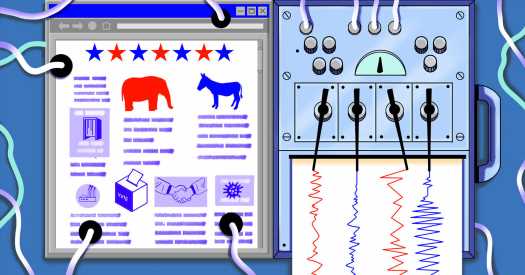False news is on the rise. We can fight the spread with a simple exercise: Slow down and be skeptical.
By Brian X. Chen
There’s a disease that has been spreading for years now. Like any resilient virus, it evolves to find new ways to attack us. It’s not in our bodies, but on the web.
It has different names: misinformation, disinformation or distortions. Whatever the label, it can be harmful, especially now that it is being produced through the lens of several emotionally charged events: the coronavirus pandemic, a presidential election and protests against law enforcement.
The swarm of bad information circulating on the web has been intense enough to overwhelm Alan Duke, the editor of Lead Stories, a fact-checking website. For years, he said, false news mostly consisted of phony web articles that revolved around silly themes, like myths about putting onions in your socks to cure a cold. But misinformation has now crept into much darker, sinister corners and taken on forms like the internet meme, which is often a screenshot overlaid with sensational text or manipulated with doctored images.
He named a harmful example of memes: Those attacking Breonna Taylor, the Black medical worker in Louisville, Ky., who was killed by the police when they entered her home in March. Misinformation spreaders generated memes suggesting that Ms. Taylor shot at police officers first, which was not true.
“The meme is probably the most dangerous,” Mr. Duke said. “In seven or 20 words, somebody can say something that’s not true, and people will believe it and share it. It takes two minutes to create.”
It’s impossible to quantify how much bad information is out there now because the spread of it online has been relentless. Katy Byron, who leads a media literacy program at the Poynter Institute, a journalism nonprofit, and who works with a group of teenagers who regularly track false information, said it was on the rise. Before the pandemic, the group would present a few examples of misinformation every few days. Now each student is reporting multiple examples a day.
“With the pandemic, people are increasingly online doomscrolling and looking for information,” Ms. Byron said. “It’s getting harder and harder to find it and feel confident you’re consuming facts.”
Source: Read Full Article


